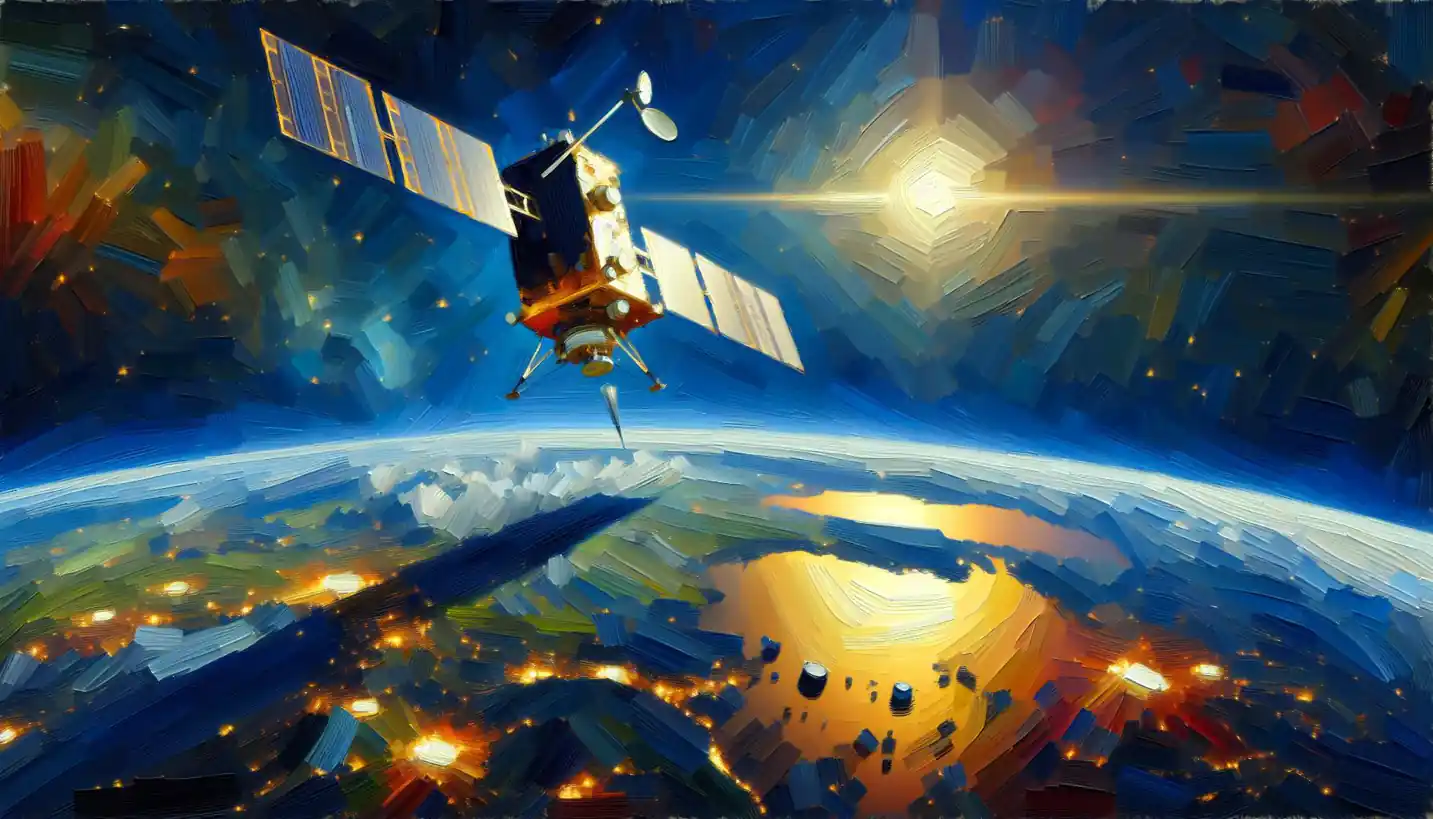· Engineering · 4 min read
Gibbs Free Energy: A Key to Chemical Reactions Explained
Gibbs free energy guides chemical reactions toward equilibrium. Unravel how this concept is key to understanding reaction spontaneity.

Understanding chemical reactions can sometimes feel like trying to solve a mystery. One of the tools scientists use to decipher these mysteries is something called Gibbs Free Energy. But what is it, and why is it so important? Let’s dive into this fascinating concept and see how it helps shape the world around us.
Chemical reactions are happening all around us, from the rusting of iron to the baking of bread. But not every reaction goes to completion; some stop partway, while others never even start. This is where Gibbs Free Energy comes in. Named after the American scientist Josiah Willard Gibbs, this concept helps predict whether a chemical reaction can occur spontaneously. It’s like a guide that tells us what nature prefers to do.
What is Gibbs Free Energy?
So, what exactly is Gibbs Free Energy? Think of it as an energy currency for reactions. It combines two crucial components: enthalpy (the total energy within a system) and entropy (the disorder or randomness in a system). Mathematically, it’s expressed as:
[ G = H - TS ]
Where ( G ) is the Gibbs Free Energy, ( H ) is the enthalpy, ( T ) is the temperature, and ( S ) is the entropy.
The Role of Temperature and Entropy
Different reactions behave differently depending on the conditions around them. Imagine you’re making a cup of hot chocolate. The heat from the stove speeds up the mixing process. Similarly, in chemical reactions, temperature plays a crucial role. An increase in temperature often increases the chances of a reaction occurring, especially if the reaction leads to more disorder, or higher entropy.
Think of entropy as the messiness of your room. The messier it is, the higher the entropy. In chemical terms, systems tend to naturally move towards more disorder, which favors reactions that increase entropy.
Why Gibbs Free Energy Matters
Gibbs Free Energy is pivotal because it helps us predict the spontaneity of a reaction. A negative Gibbs Free Energy (( \Delta G < 0 )) indicates that a reaction can occur spontaneously. On the contrary, if the value is positive, the reaction isn’t favorable under those conditions.
For instance, consider how water flows downhill. It doesn’t require any energy input because it’s a spontaneous process. Gibbs Free Energy acts similarly, guiding reactions down the path of spontaneous change when possible.
Real-World Applications: From Engines to Cells
Gibbs Free Energy isn’t just an abstract concept; it has real-world applications. In engineering, it helps optimize processes like combustion in car engines, making them more efficient and environmentally friendly. When engineers design a new engine, they need to know if the fuel will burn efficiently under different conditions. Gibbs Free Energy helps predict just that.
On a microscopic level, our cells use Gibbs Free Energy to manage energy in biological processes. For example, the energy from the food we eat is converted into a form that cells can use, guided by these energy principles. This energy calculation allows cells to decide which biochemical pathways to take to efficiently utilize energy.
Posing the Big Questions
Understanding how reactions work opens the door to even bigger questions. Can we design new materials or medicines by manipulating Gibbs Free Energy? How can we use this knowledge to tackle global challenges like climate change?
Gibbs Free Energy might seem like just a scientific concept at first glance, but it holds the key to many questions about how the world works and how we can work with it.
A Peek into the Future
As science progresses, the study of Gibbs Free Energy continues to evolve. Researchers are exploring its applications in emerging fields like sustainable energy. By understanding how reactions can occur more efficiently, scientists are working on creating greener technologies and more sustainable industrial practices.
Imagine a future where clean energy production is maximized using these principles, reducing waste and minimizing environmental impact. The future looks promising when we can harness the power of Gibbs Free Energy to innovate and solve pressing issues.
Wrapping Up with Curiosity
Isn’t it fascinating how an abstract concept like Gibbs Free Energy can have such far-reaching implications? From the tiniest cells in our bodies to the engines in our cars, it plays an essential role. By understanding and harnessing Gibbs Free Energy, scientists and engineers continue to discover innovative solutions to complex problems.
So, the next time you see something as simple as a melting ice cube, remember the powerful concepts at play, guiding that transformation, powered by the mysterious yet profound Gibbs Free Energy.



